**”The Role of Olympic Lifts in Developing Power and Strength: A Comprehensive Guide to Technique, Programming, and Benefits”**
# The Role of Olympic Lifts in Developing Power and Strength: A Comprehensive Guide to Technique, Programming, and Benefits
Olympic lifting is often regarded as one of the most effective training modalities for building power and strength. The explosive nature of Olympic lifts—such as the clean and jerk and the snatch—engages multiple muscle groups, enhances athletic performance, and fosters overall physical development. In this comprehensive guide, we will delve into the techniques necessary for mastering Olympic lifts, explore effective programming strategies, and discuss the myriad benefits they offer.
## Understanding Olympic Lifts
### What are Olympic Lifts?
Olympic lifts are two specific movements performed in competitive weightlifting: the snatch and the clean and jerk. These lifts require not only strength but also technique, speed, and coordination. Athletes must lift a barbell from the ground to an overhead position in a fluid and explosive motion, making them exceptionally demanding.
### The Technical Aspects
Mastering the technique of Olympic lifts is crucial for both performance and safety. Here are the essential components:
– **The Snatch**: This lift involves lifting the barbell from the ground to overhead in one continuous motion. Key techniques include a strong initial pull, an explosive second pull, and proper overhead positioning.
– **The Clean and Jerk**: This lift is performed in two parts. The clean requires lifting the barbell to the shoulders, while the jerk involves pressing it overhead. Important technical points include keeping the torso upright during the clean and utilizing leg drive during the jerk.
## Programming Olympic Lifts
### Designing a Training Schedule
When incorporating Olympic lifts into your training routine, it’s essential to design a program that balances intensity, volume, and recovery. Here’s a sample weekly structure:
– **Day 1**: Snatch focus with accessory work for the posterior chain.
– **Day 2**: Clean and jerk focus with front squats.
– **Day 3**: Technique work with lighter weights and mobility exercises.
– **Day 4**: Heavy lifting day with both snatch and clean and jerk, followed by conditioning work.
### Progression and Periodization
To see continual improvement, it’s crucial to employ a systematic approach to progression and periodization. Utilize a mix of rep ranges and intensities, cycling through phases of volume (higher reps, lighter weights) and intensity (lower reps, heavier weights). This approach ensures that you build a solid foundation before pushing for maximum strength.
## Nutrition Tips
To fuel your Olympic lifting journey, consider the following nutrition strategies:
– **Balanced Macronutrients**: Ensure adequate protein intake (1.2 to 2.0 grams per kilogram of body weight) for muscle repair, healthy fats for hormone production, and carbohydrates to replenish glycogen stores.
– **Pre-Workout Nutrition**: Consume a meal rich in carbohydrates and moderate in protein about 30-60 minutes before training to provide energy.
– **Post-Workout Recovery**: Aim to eat a combination of protein and carbohydrates within 30 minutes post-workout to kickstart recovery and muscle rebuilding.
– **Hydration**: Staying hydrated is essential for optimal performance. Aim to drink water throughout the day and consider electrolyte-rich beverages during intense training sessions.
## Exercise Advice
### Focus on Technique
Before attempting heavier weights, prioritize mastering the technique. It’s advisable to practice with lighter loads or even a broomstick to develop the necessary movement patterns.
### Incorporate Accessory Work
Support your Olympic lifting with accessory exercises like squats, deadlifts, and pulls to strengthen the muscle groups involved. These exercises can enhance your lifting performance and reduce the risk of injury.
### Seek Professional Guidance
If you’re new to Olympic lifting, consider working with a coach or trainer. They can provide personalized feedback on your form, help you set realistic goals, and guide you through programming.
## Health Benefits
### Enhanced Athletic Performance
Olympic lifts significantly improve athletic performance by developing explosive strength, speed, and coordination. These are essential attributes for athletes across various sports.
### Increased Muscle Mass
Due to the high-intensity nature of Olympic lifts, they promote muscle hypertrophy, particularly in the legs, back, and core, leading to an overall increase in muscle mass.
### Improved Flexibility and Mobility
The complex movements involved in Olympic lifting enhance flexibility and mobility, particularly in the hips, shoulders, and ankles. This can lead to better overall movement quality in daily life.
## Conclusion
In summary, Olympic lifts are a powerful tool for anyone looking to enhance their strength and power. By understanding the technical aspects, implementing effective programming, and focusing on nutrition and exercise advice, individuals can unlock a myriad of health benefits while honing their athletic capabilities. Embrace the challenge of Olympic lifting, and you will undoubtedly reap the rewards in your fitness journey.
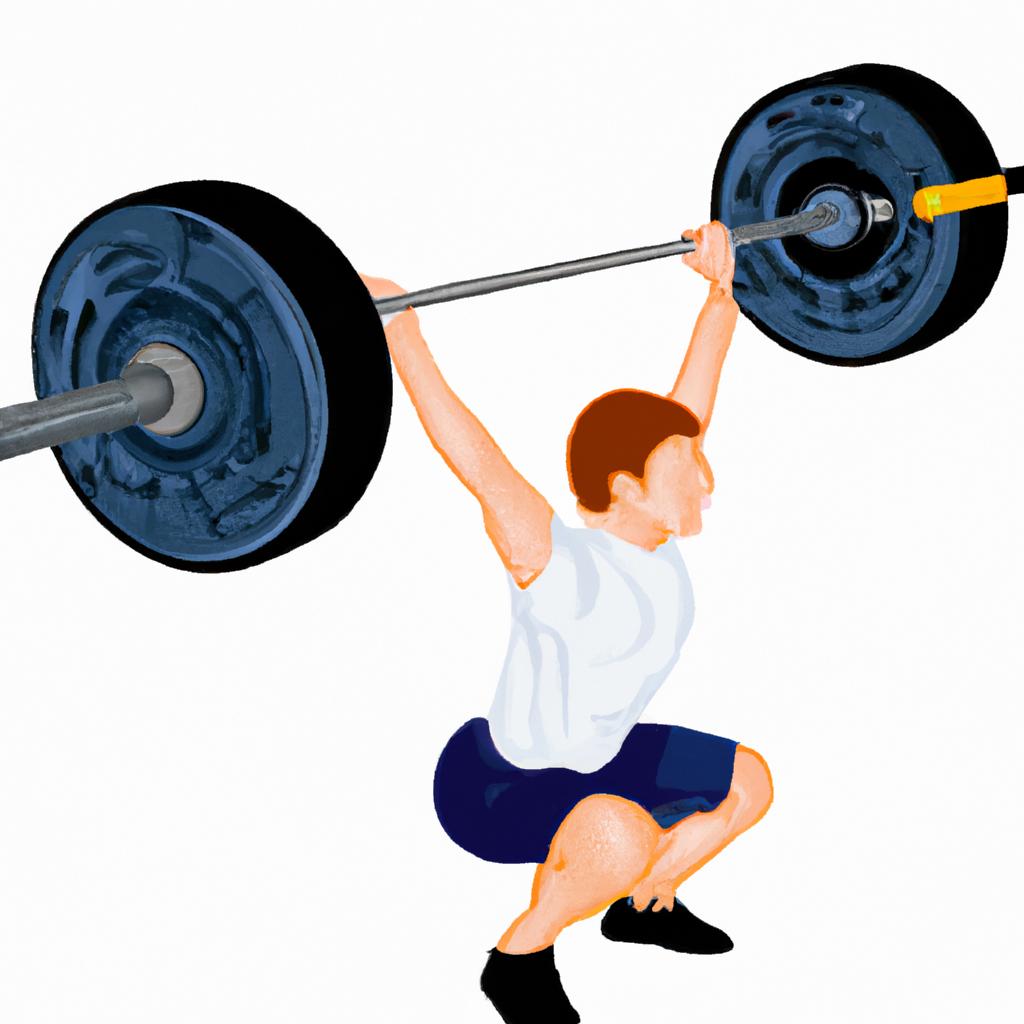

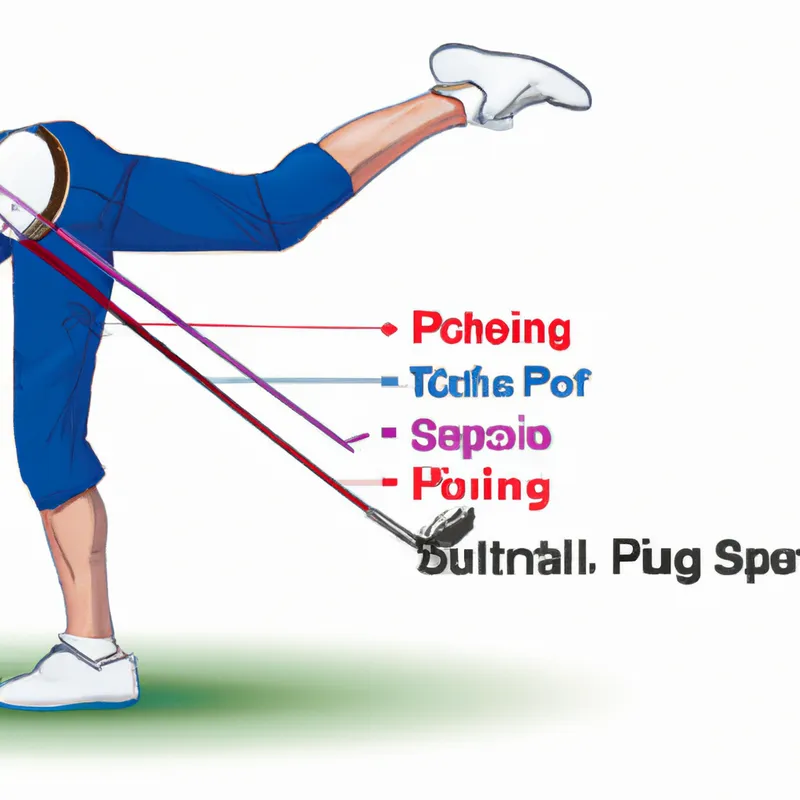

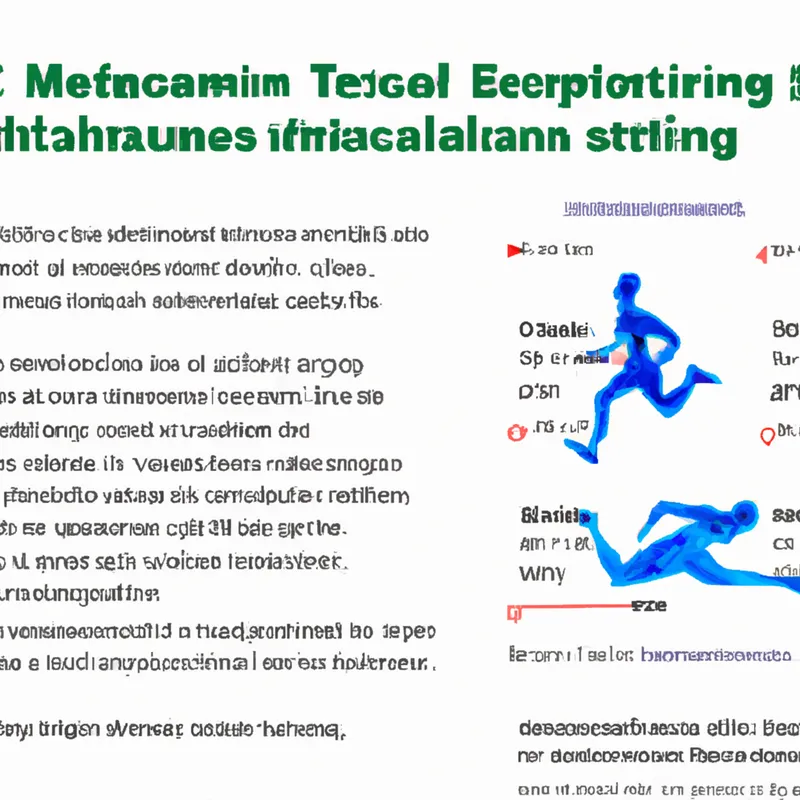
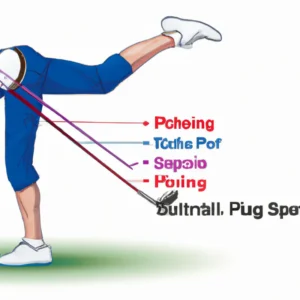
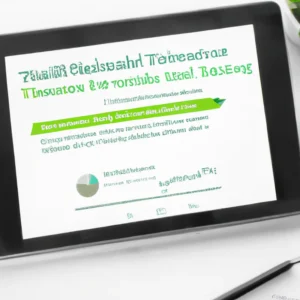
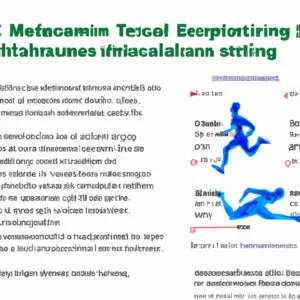







Post Comment